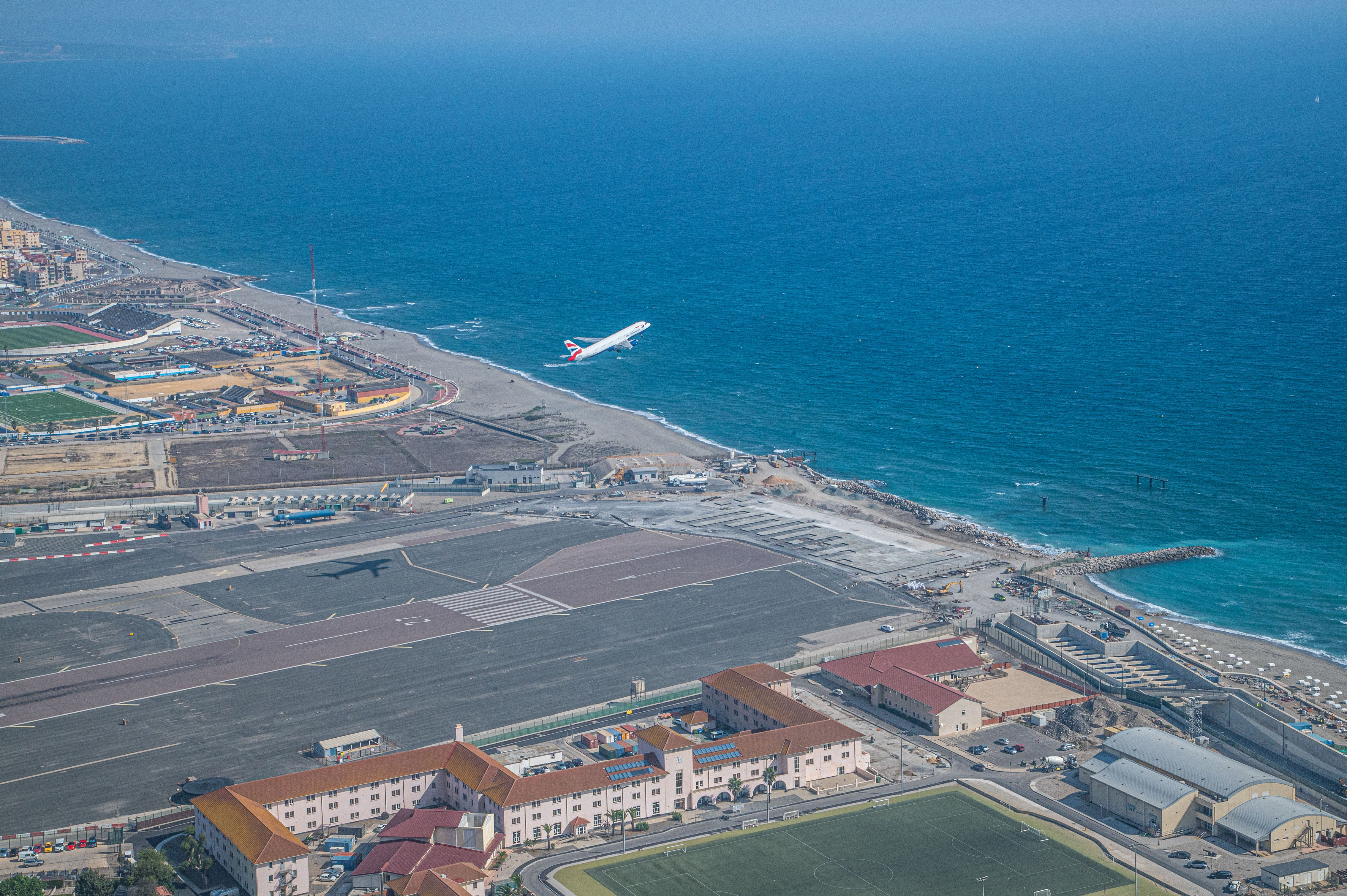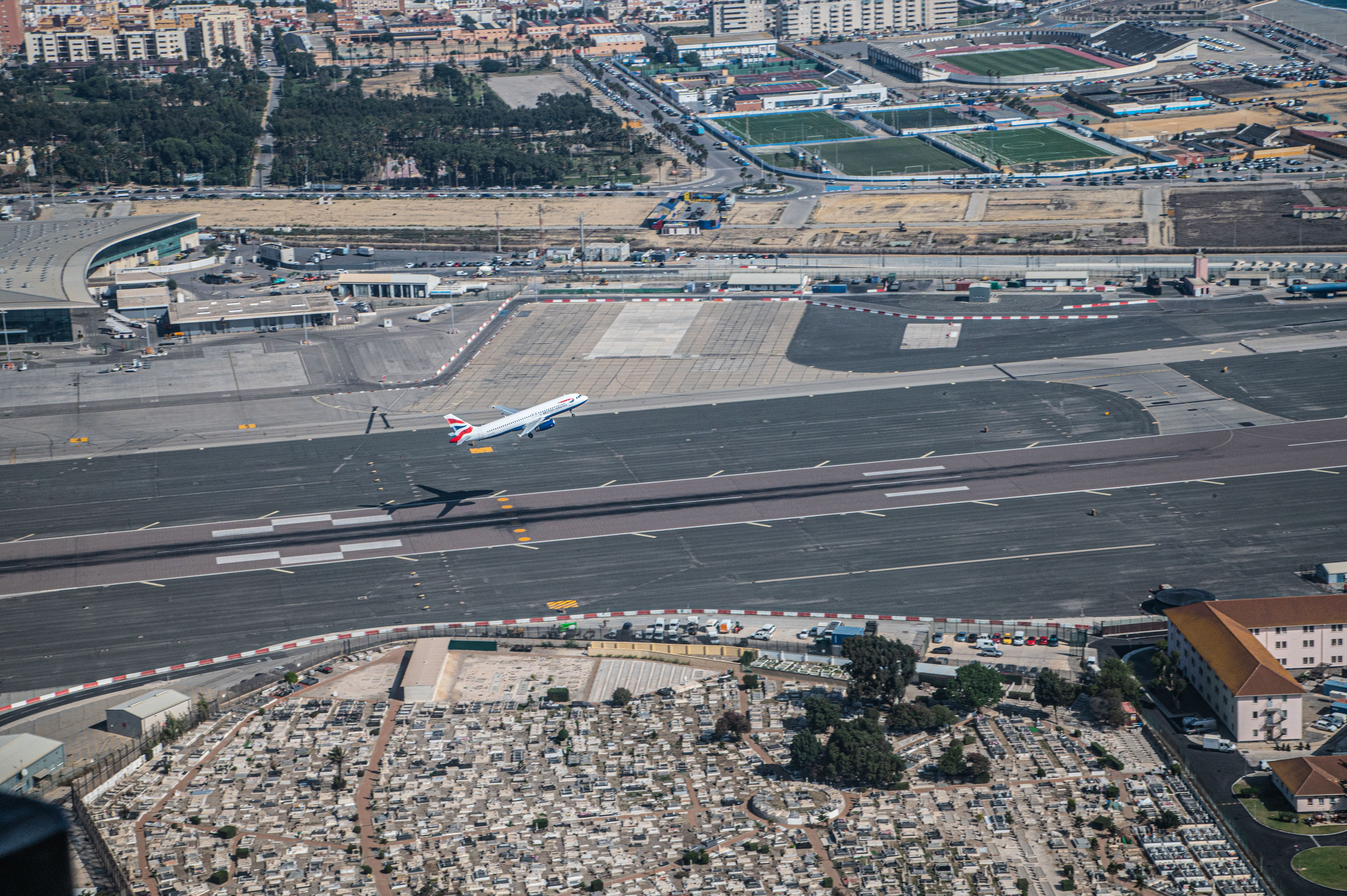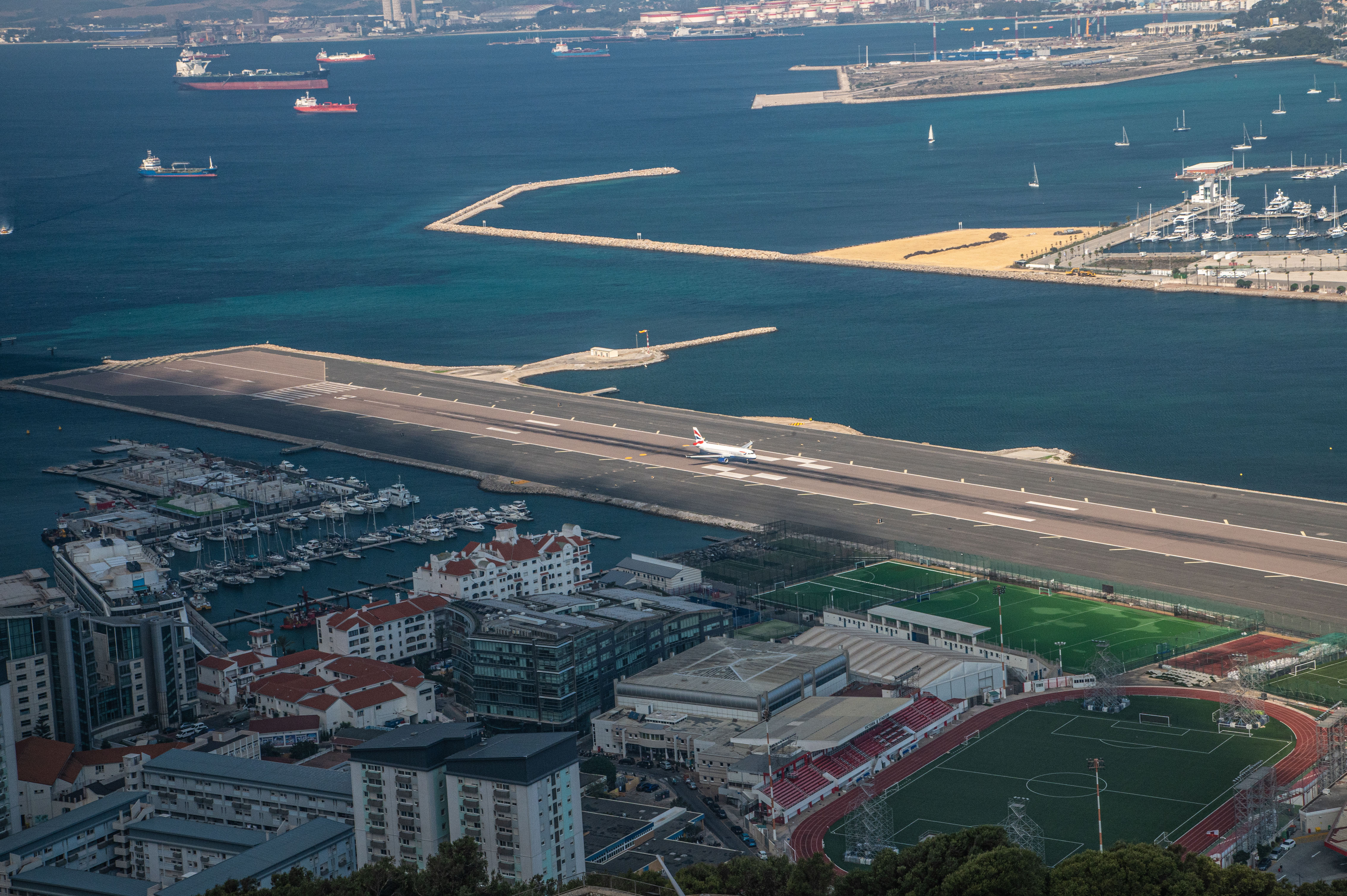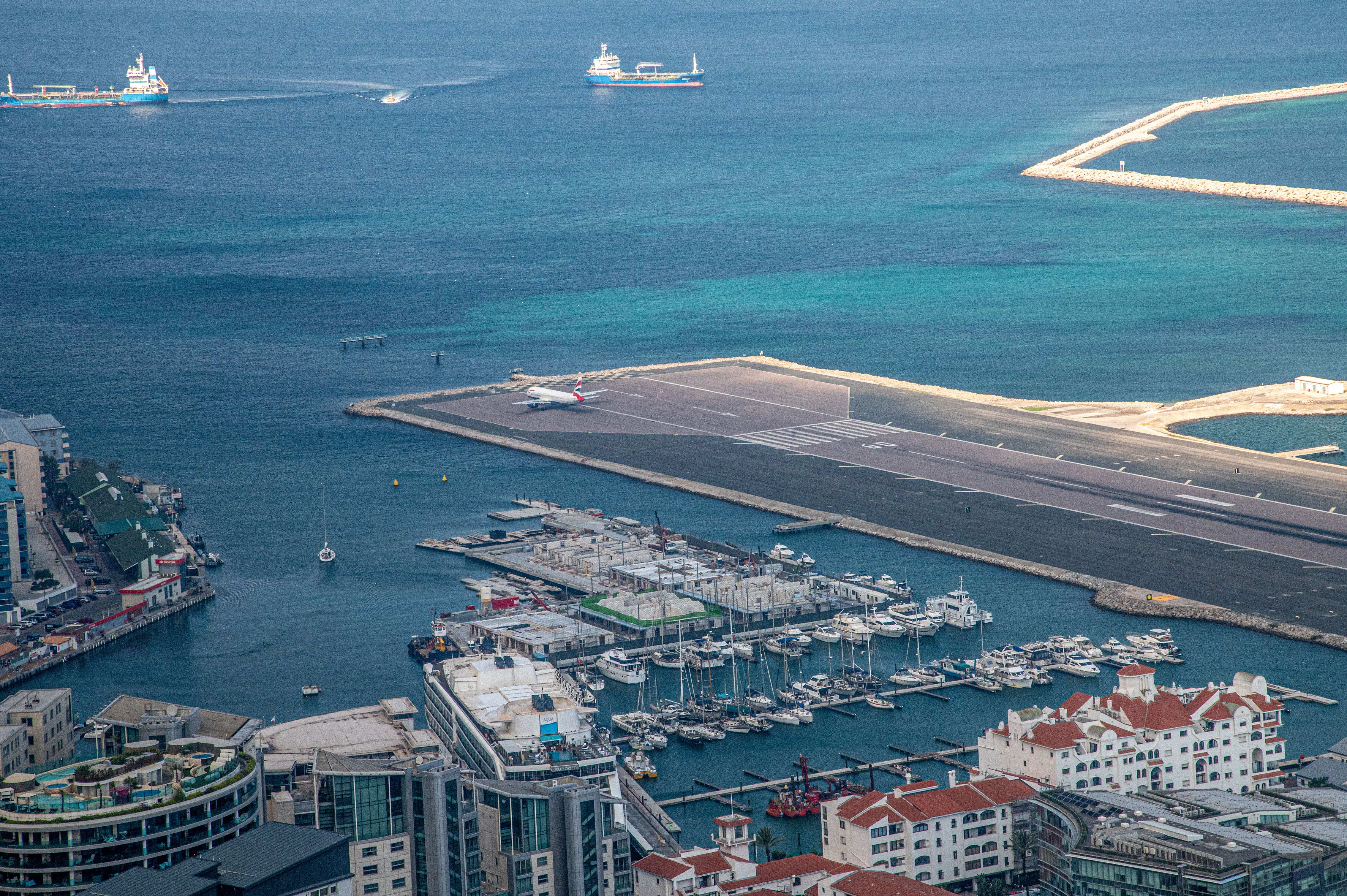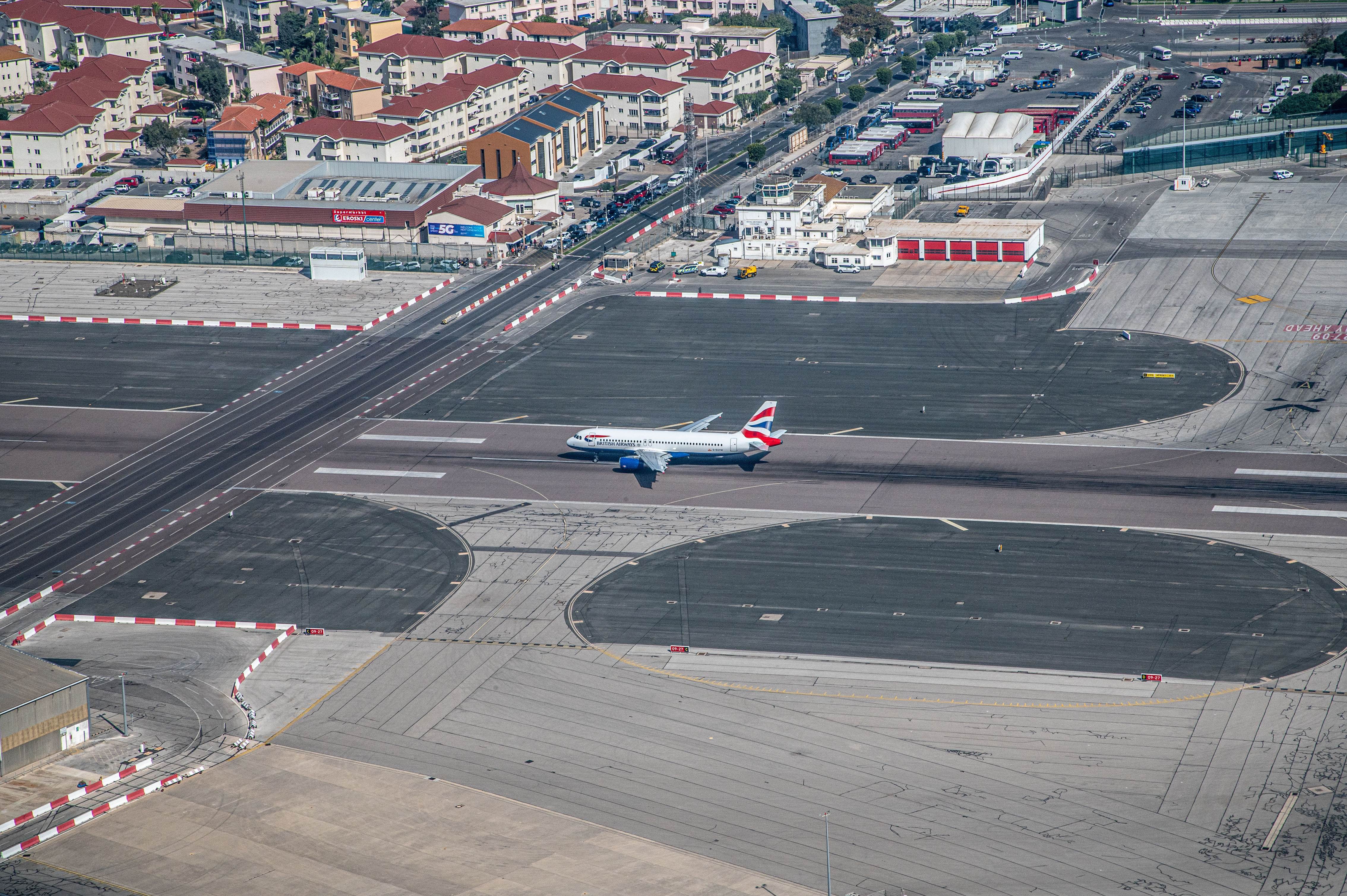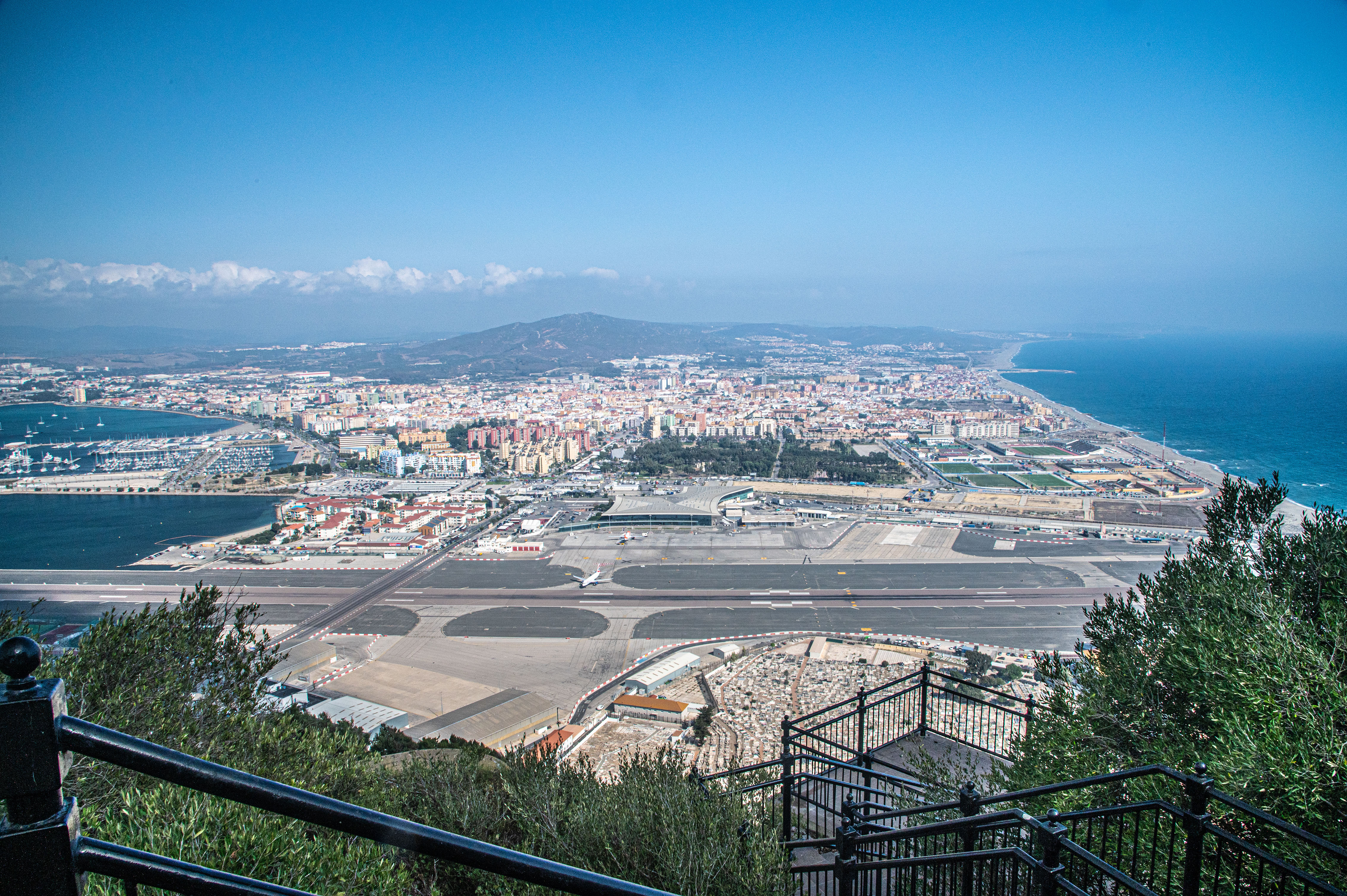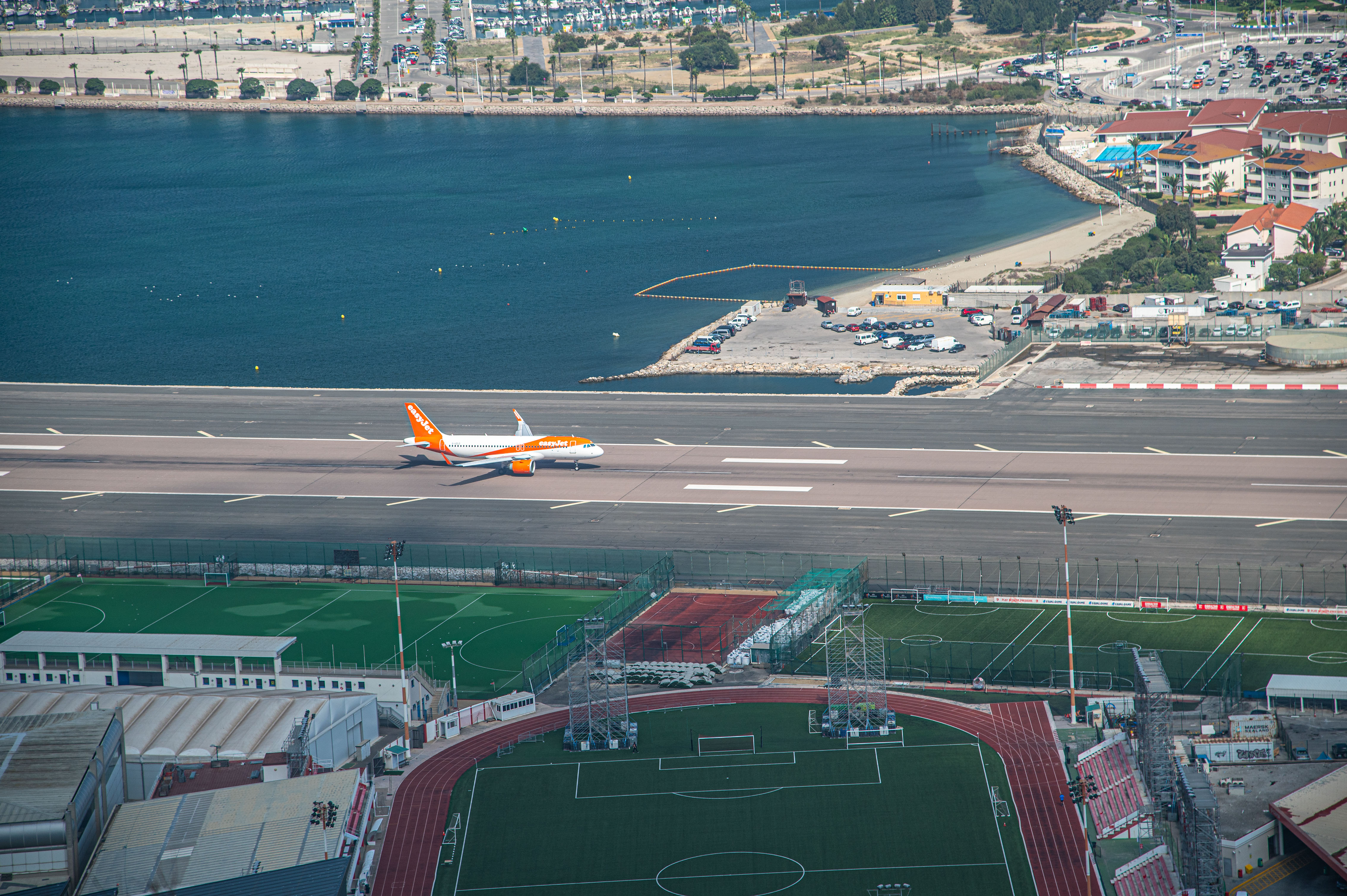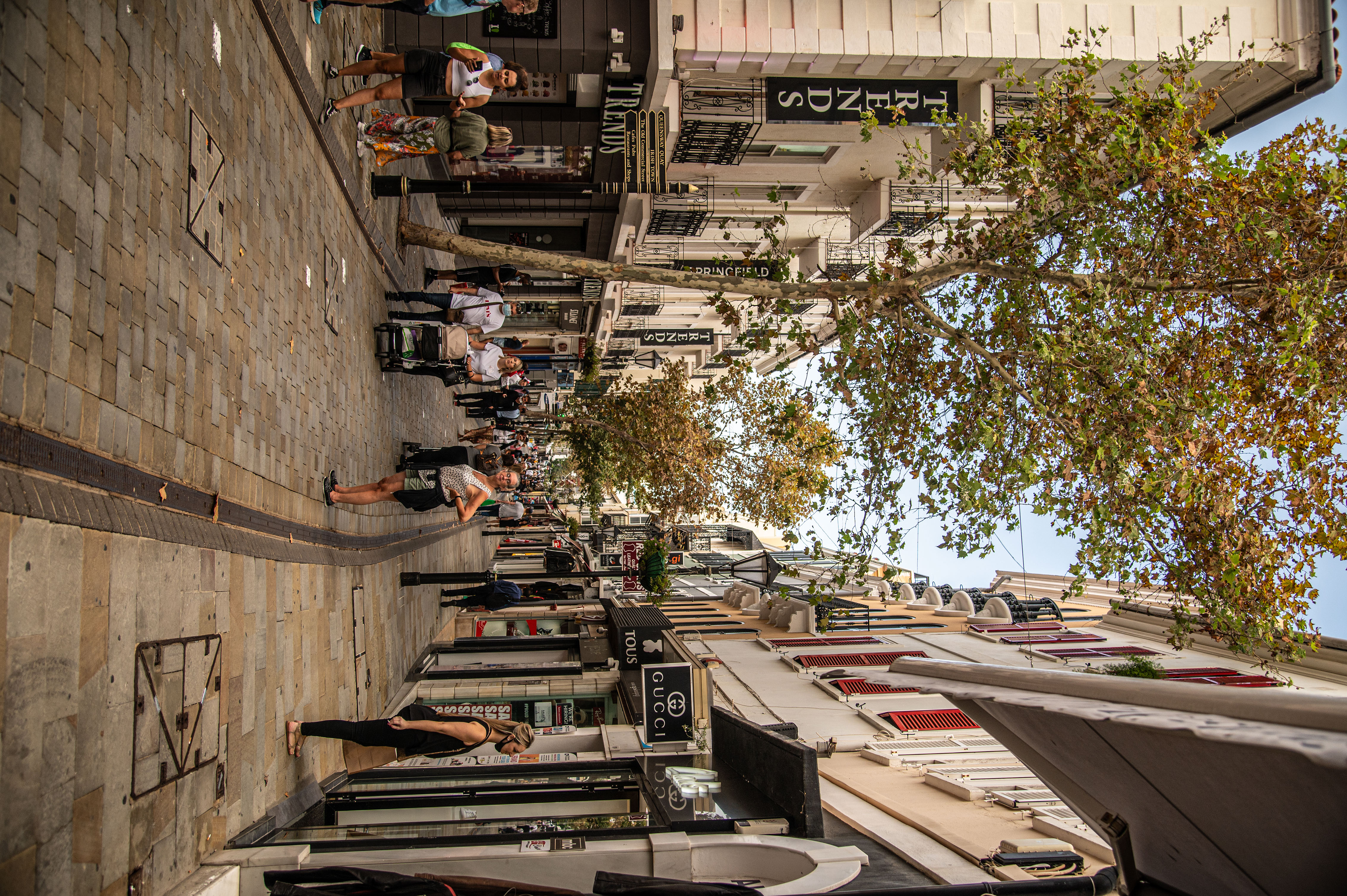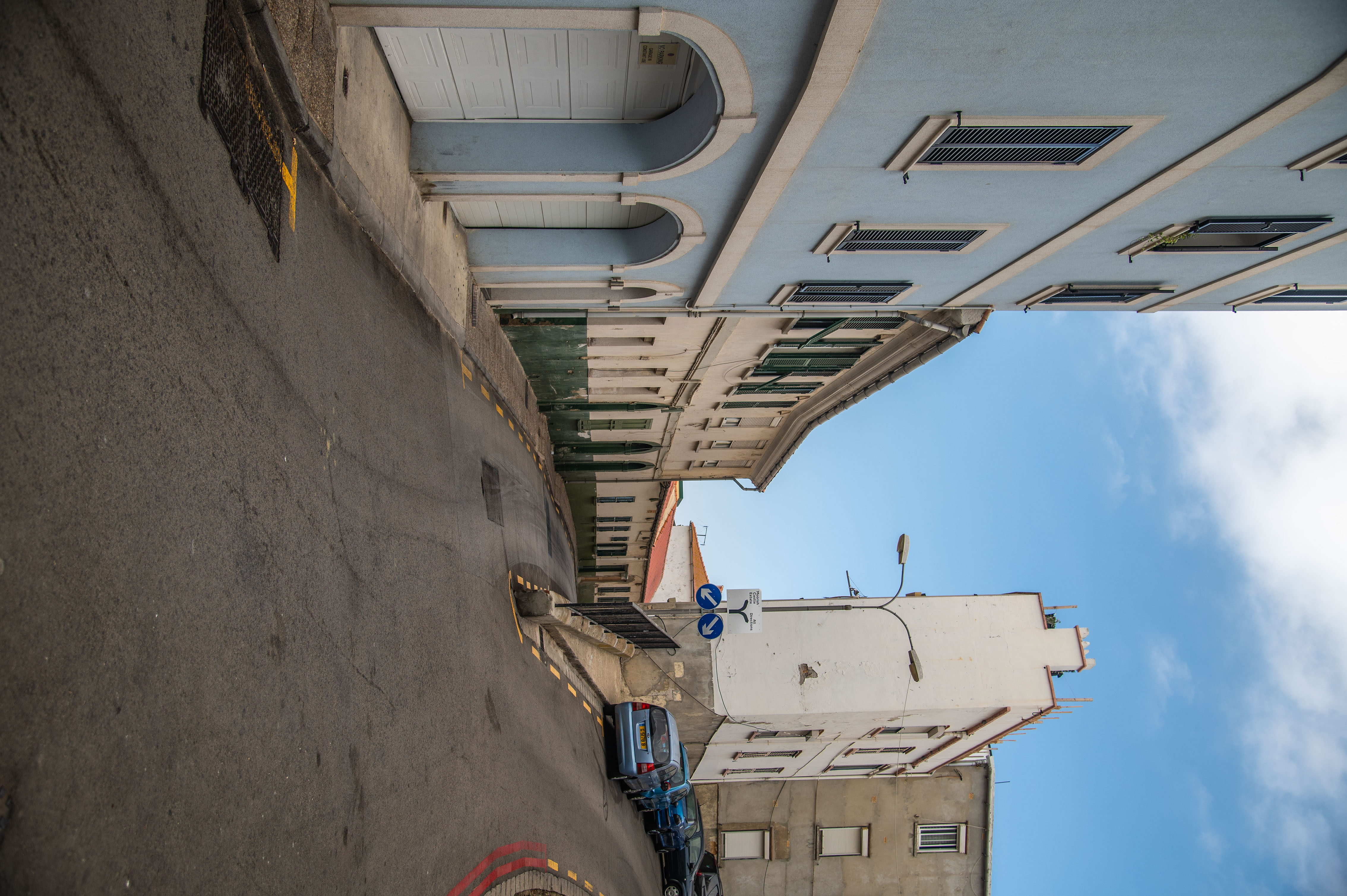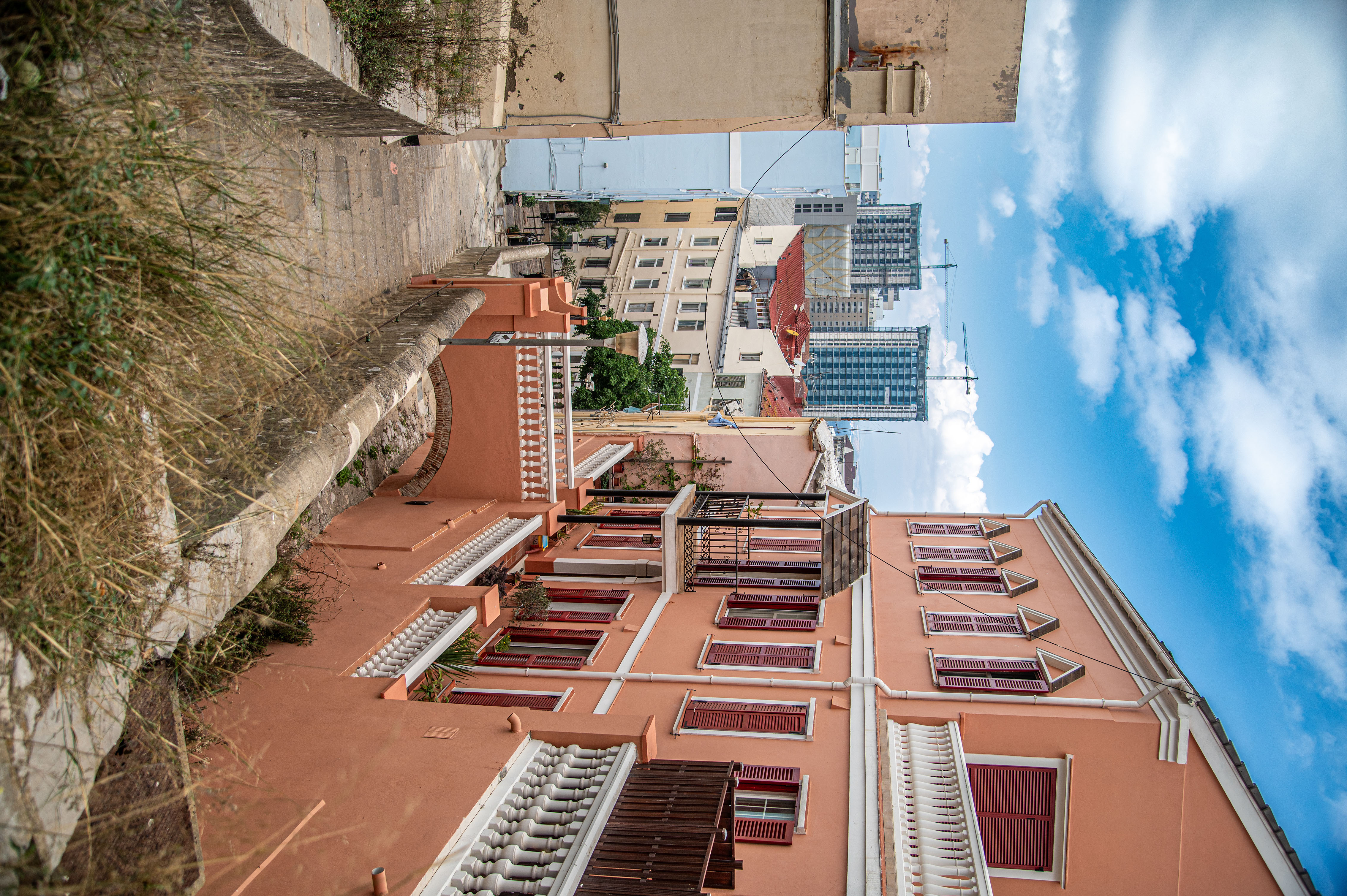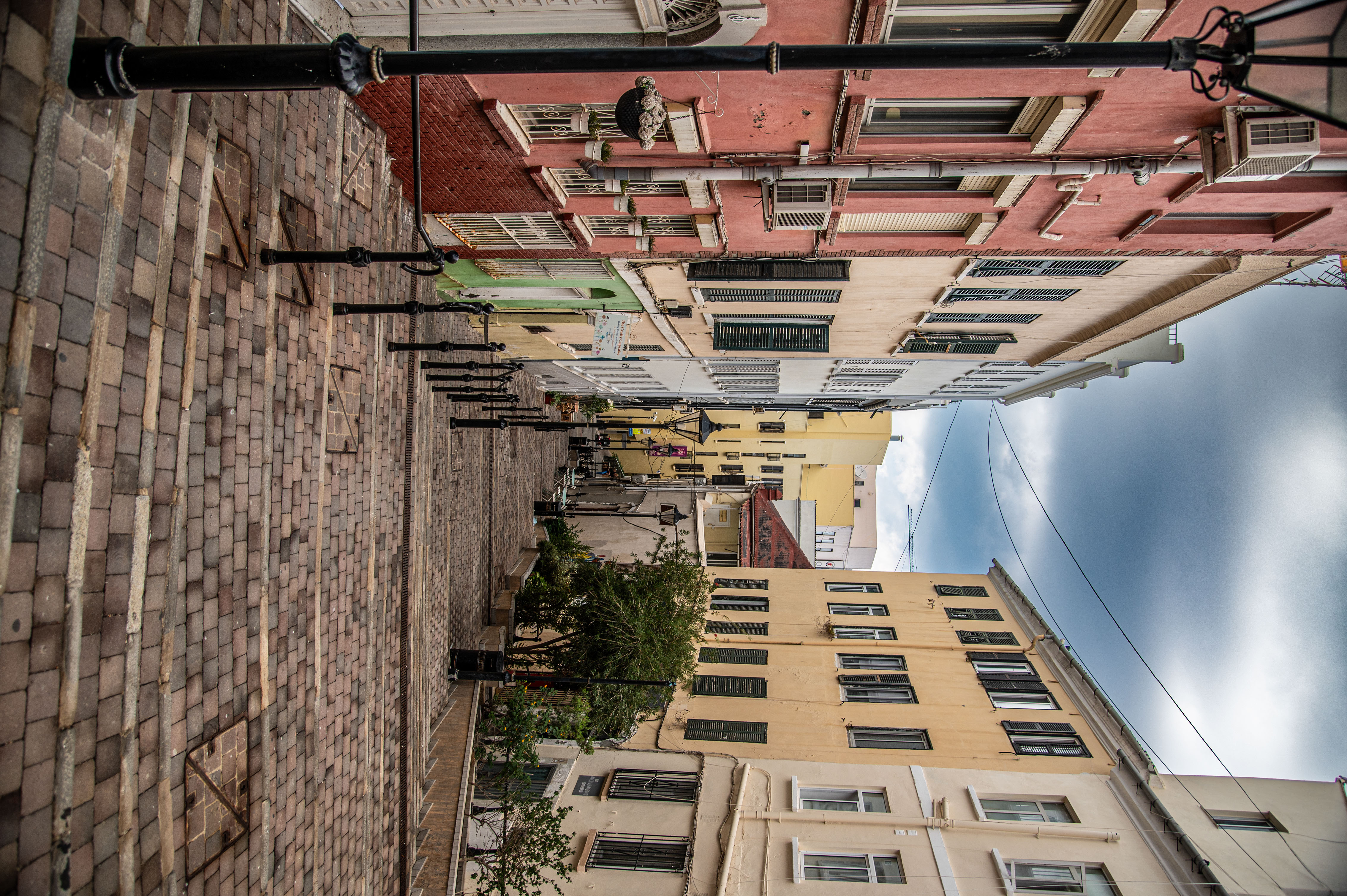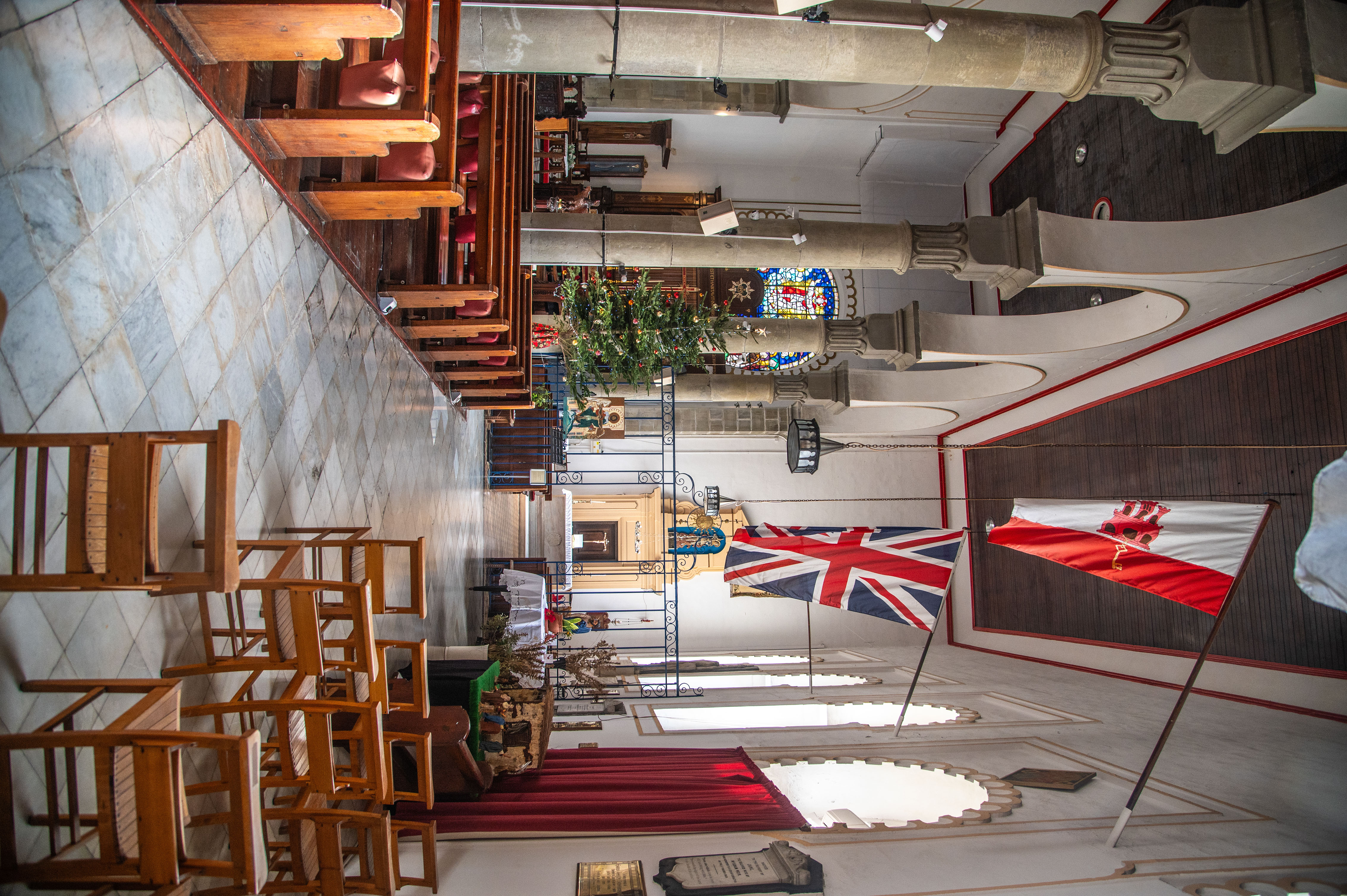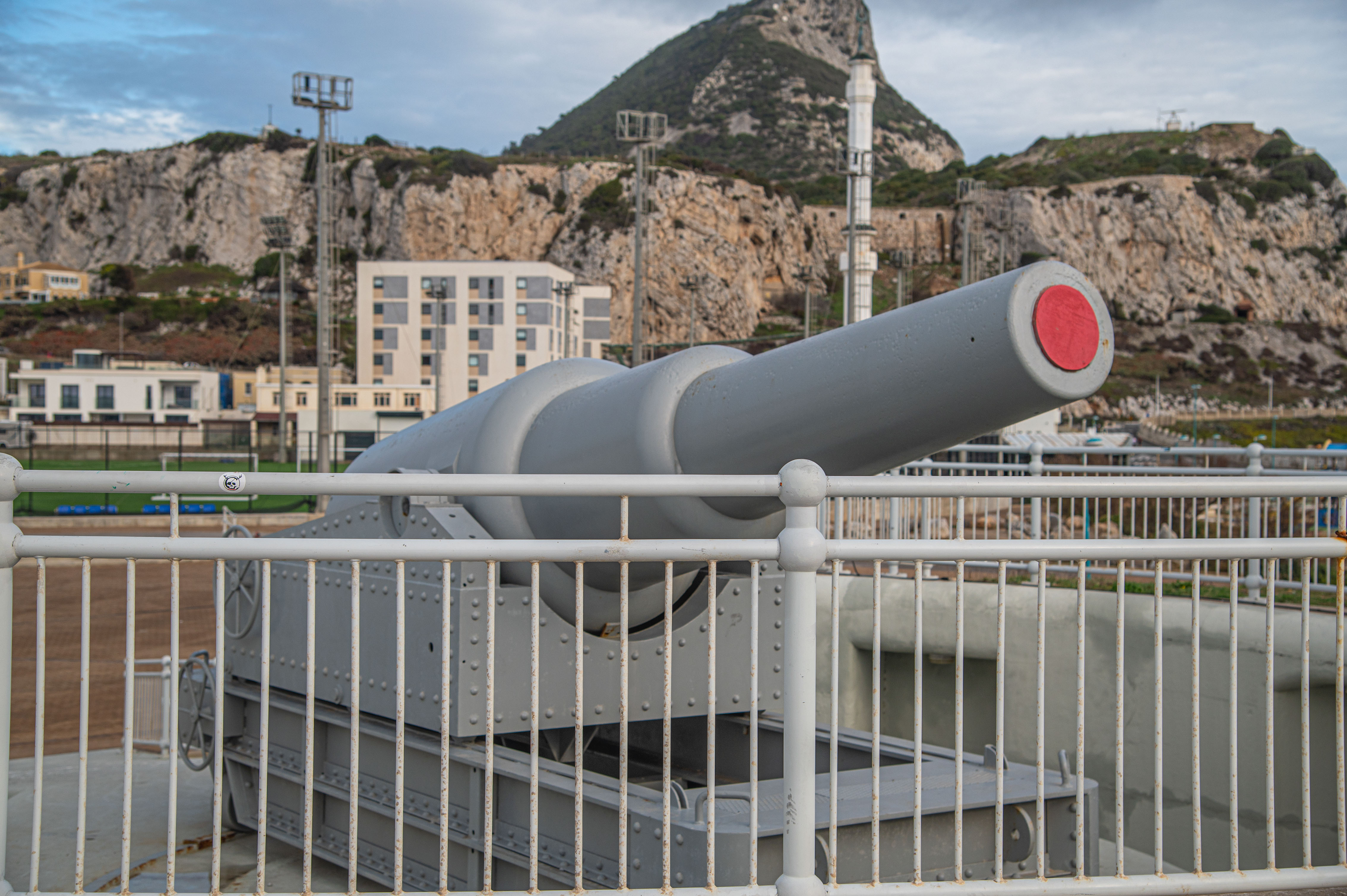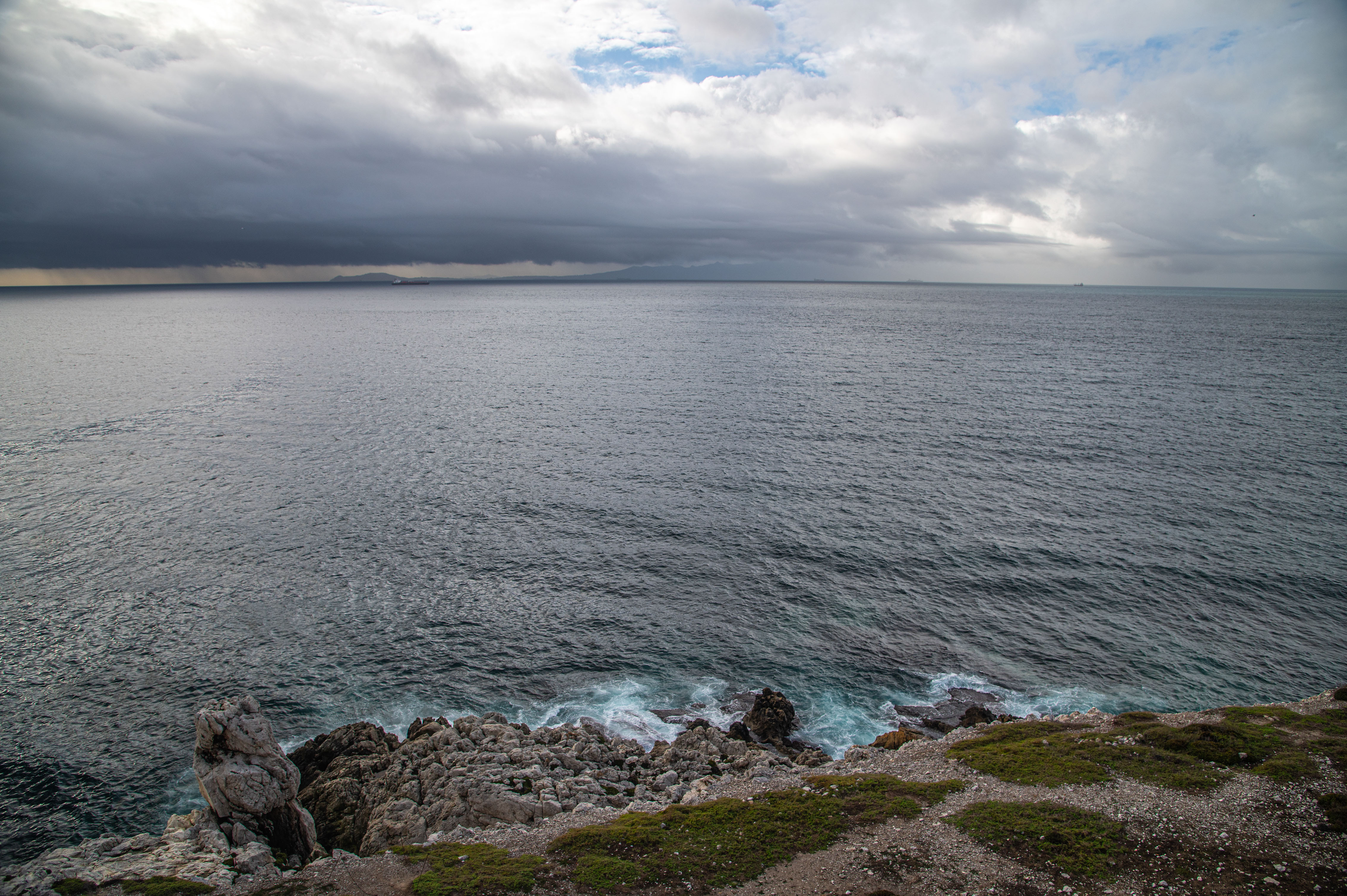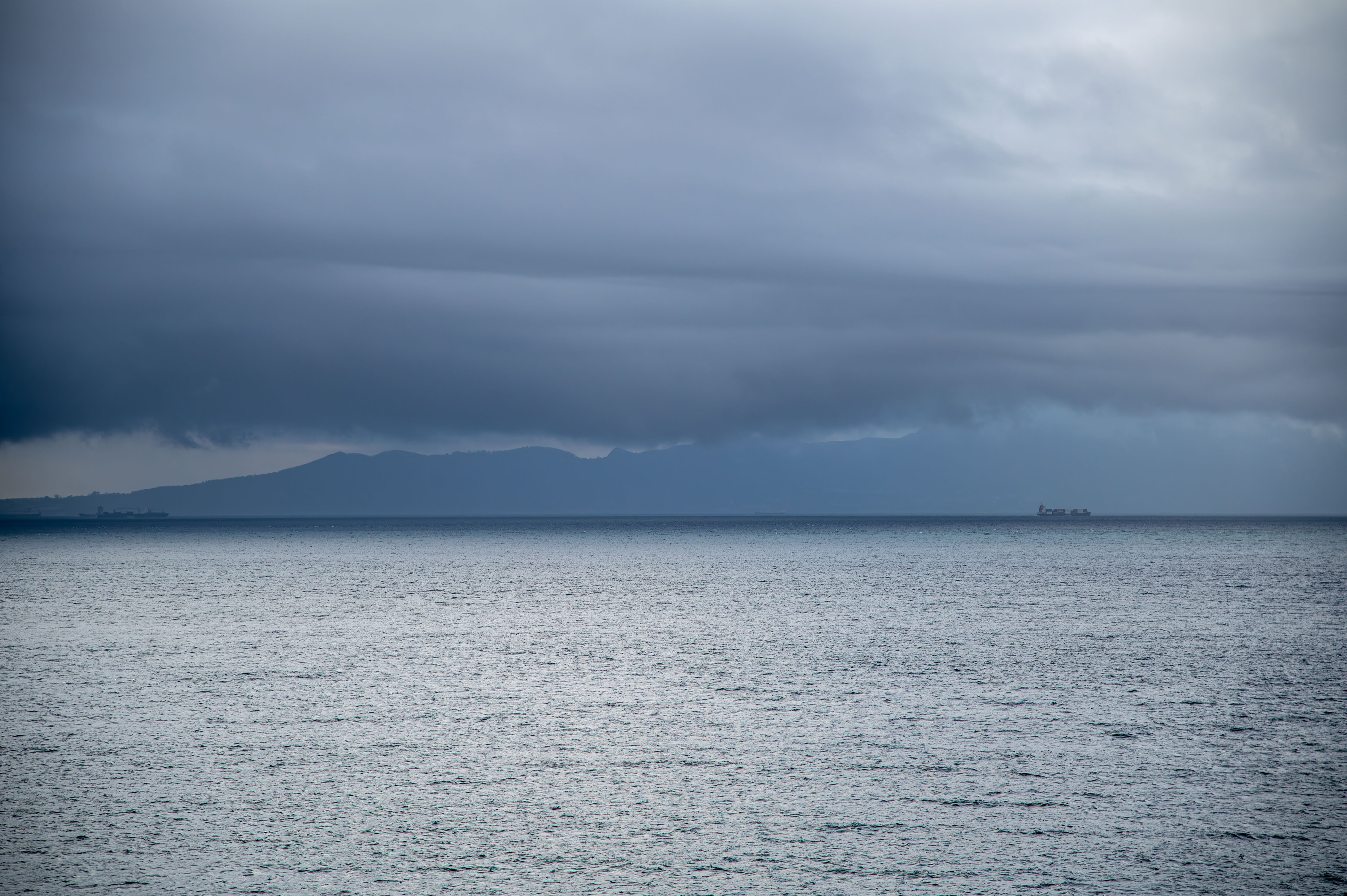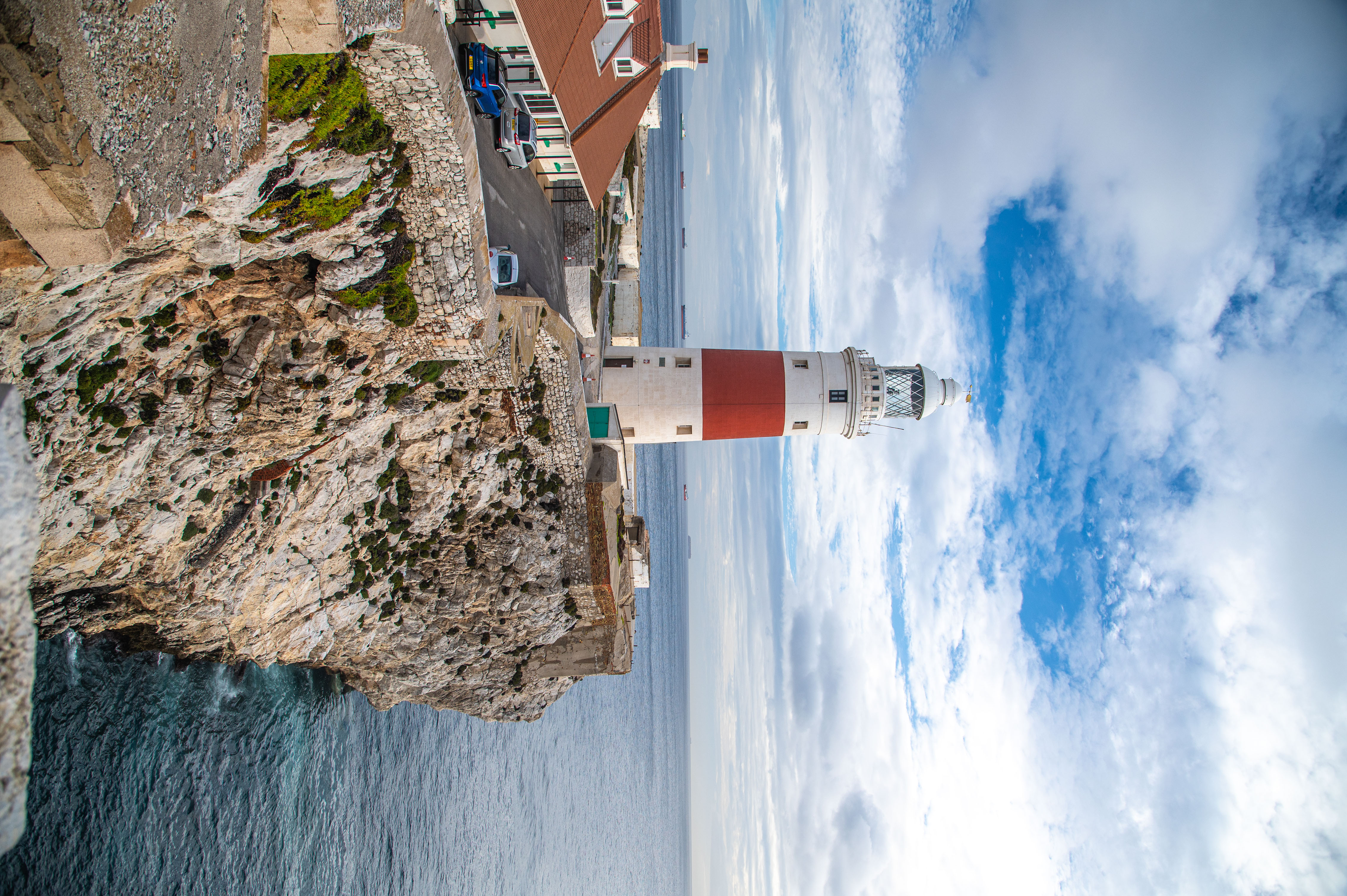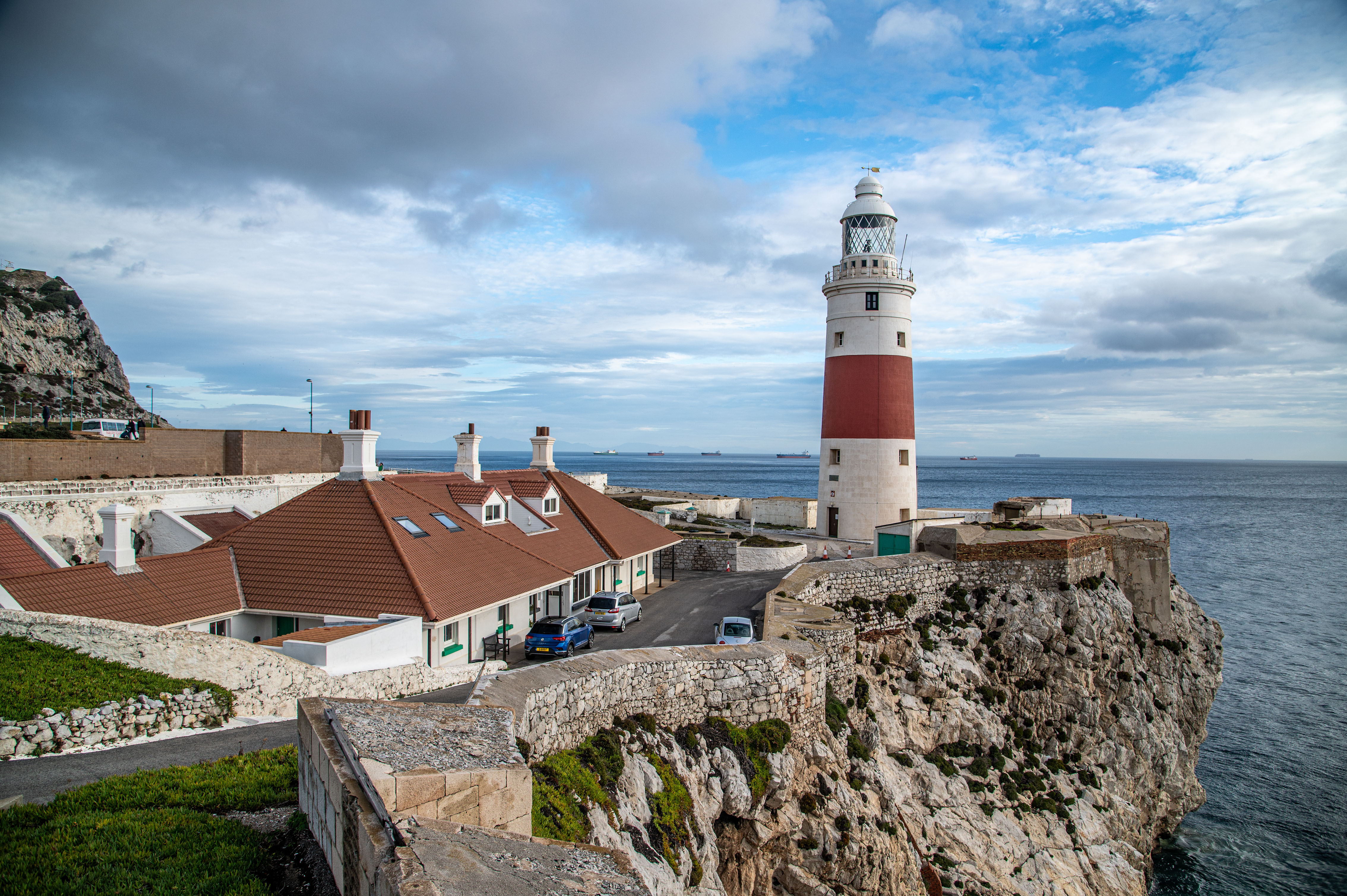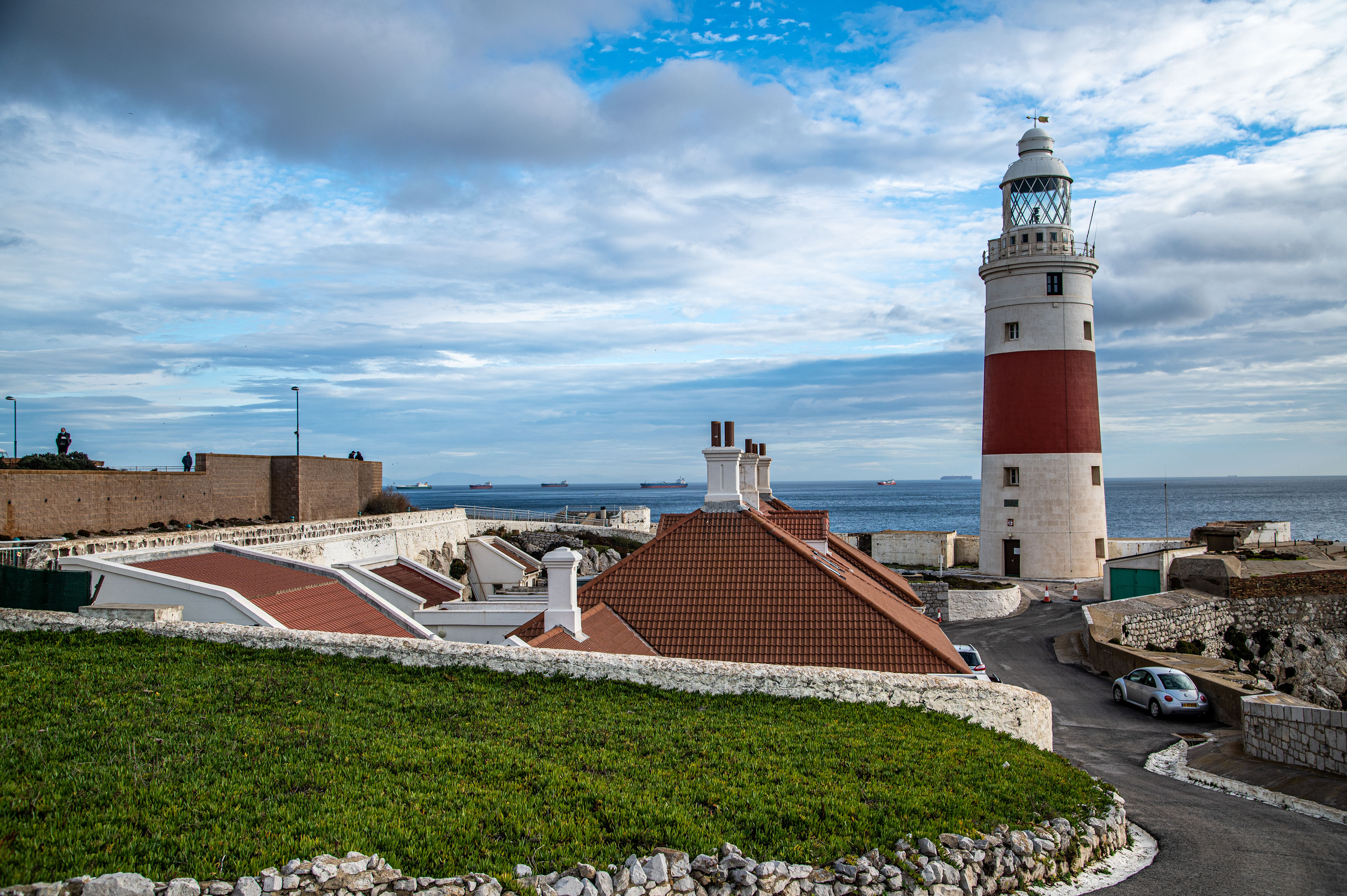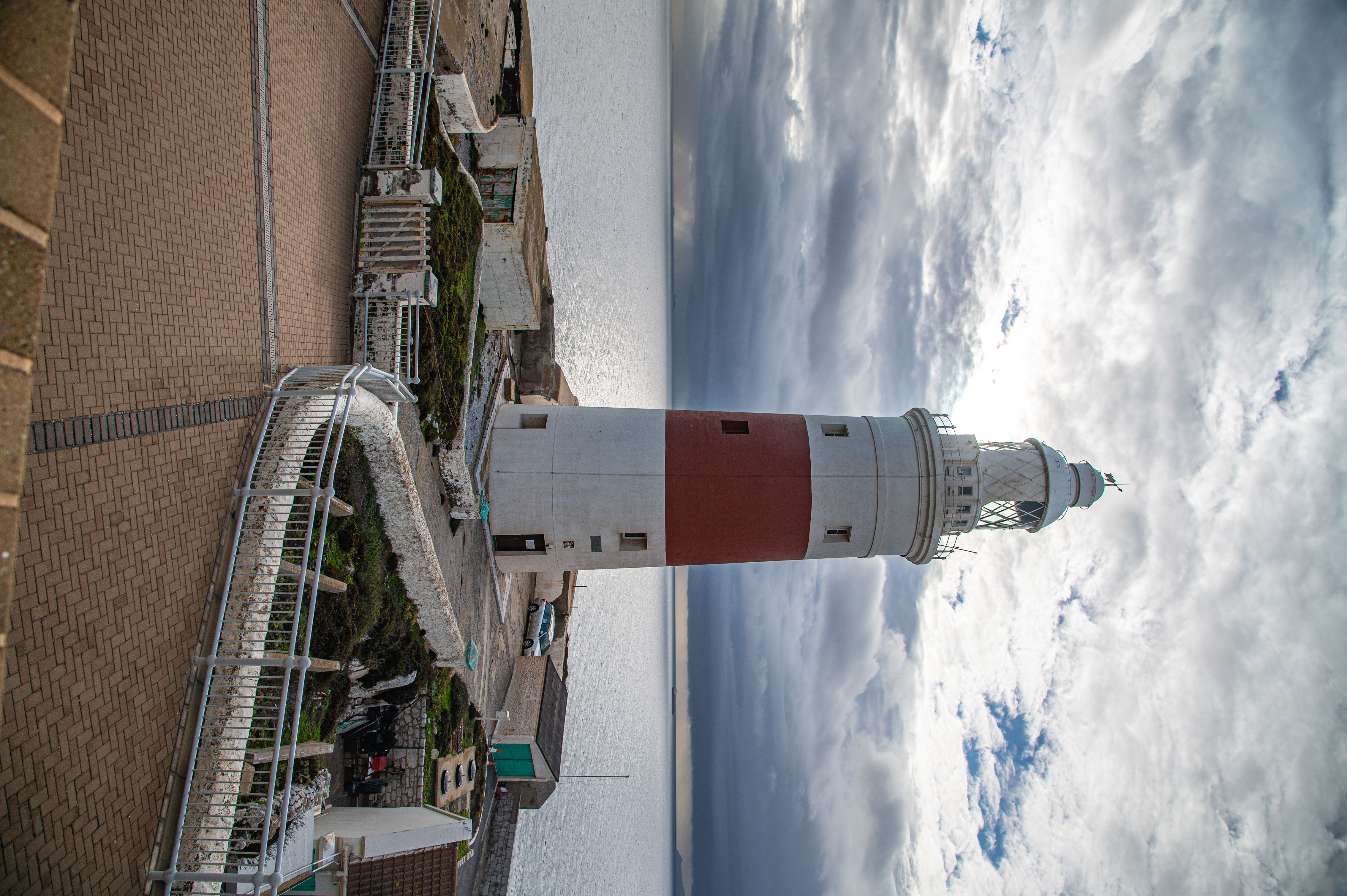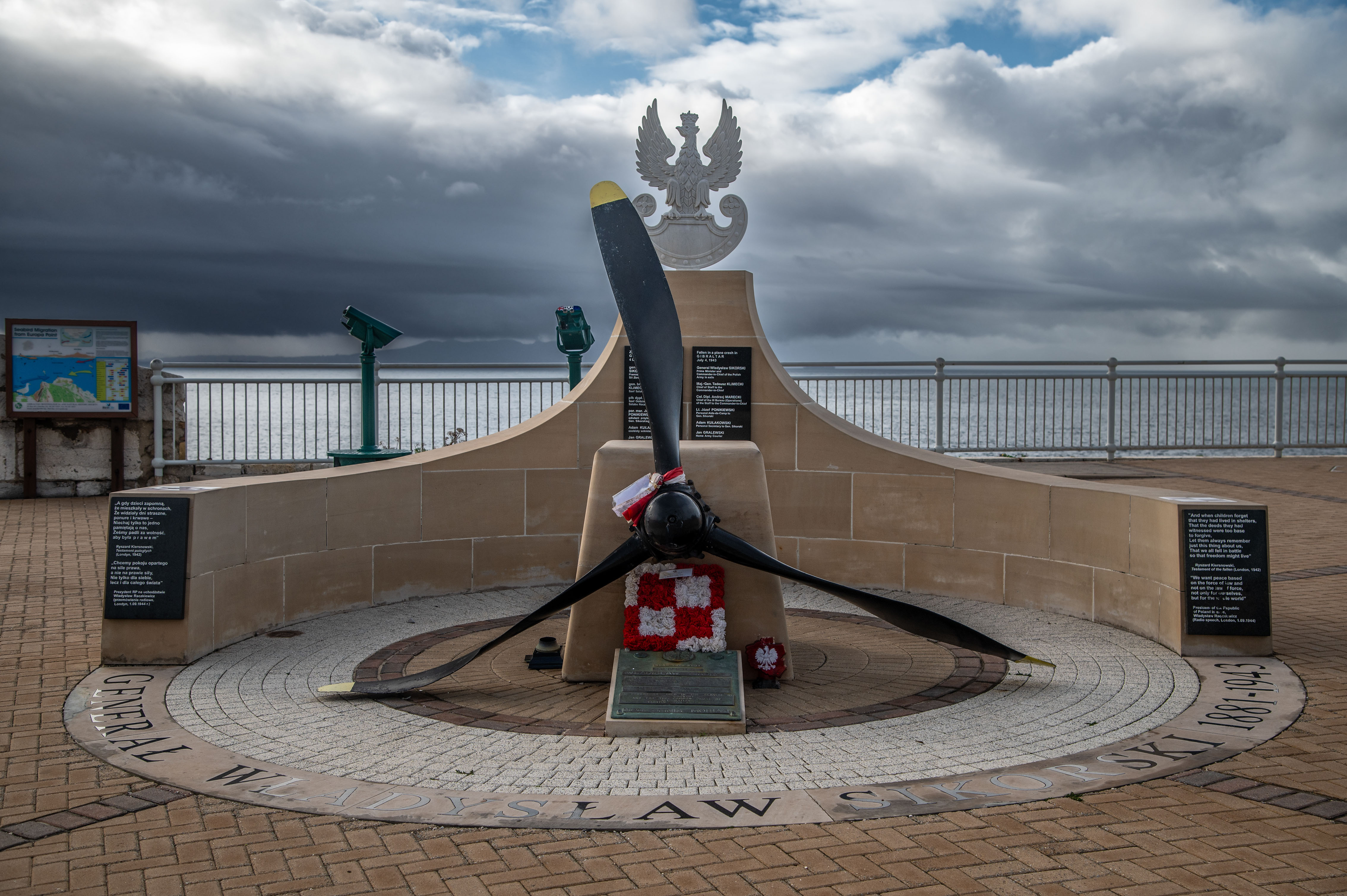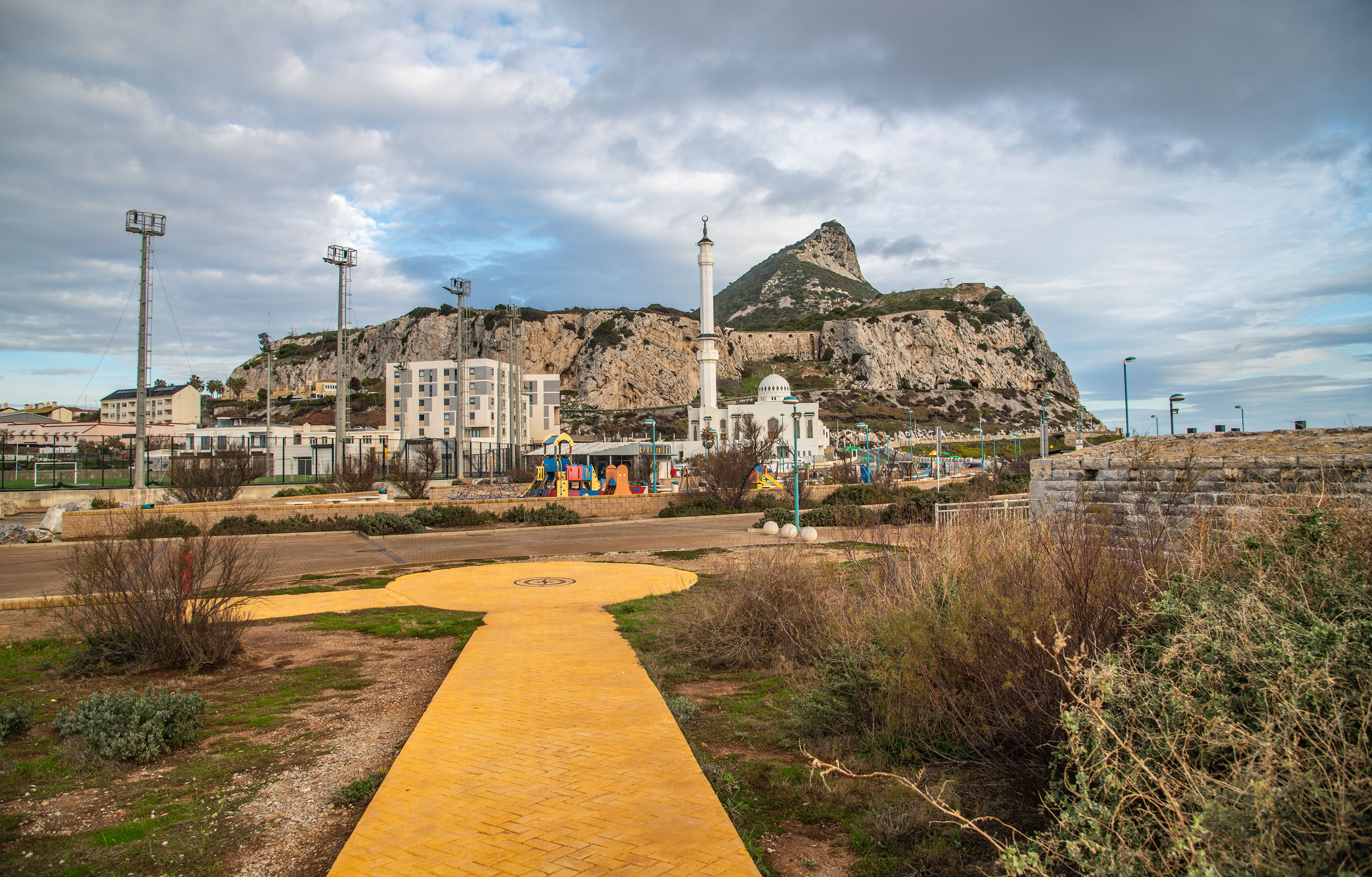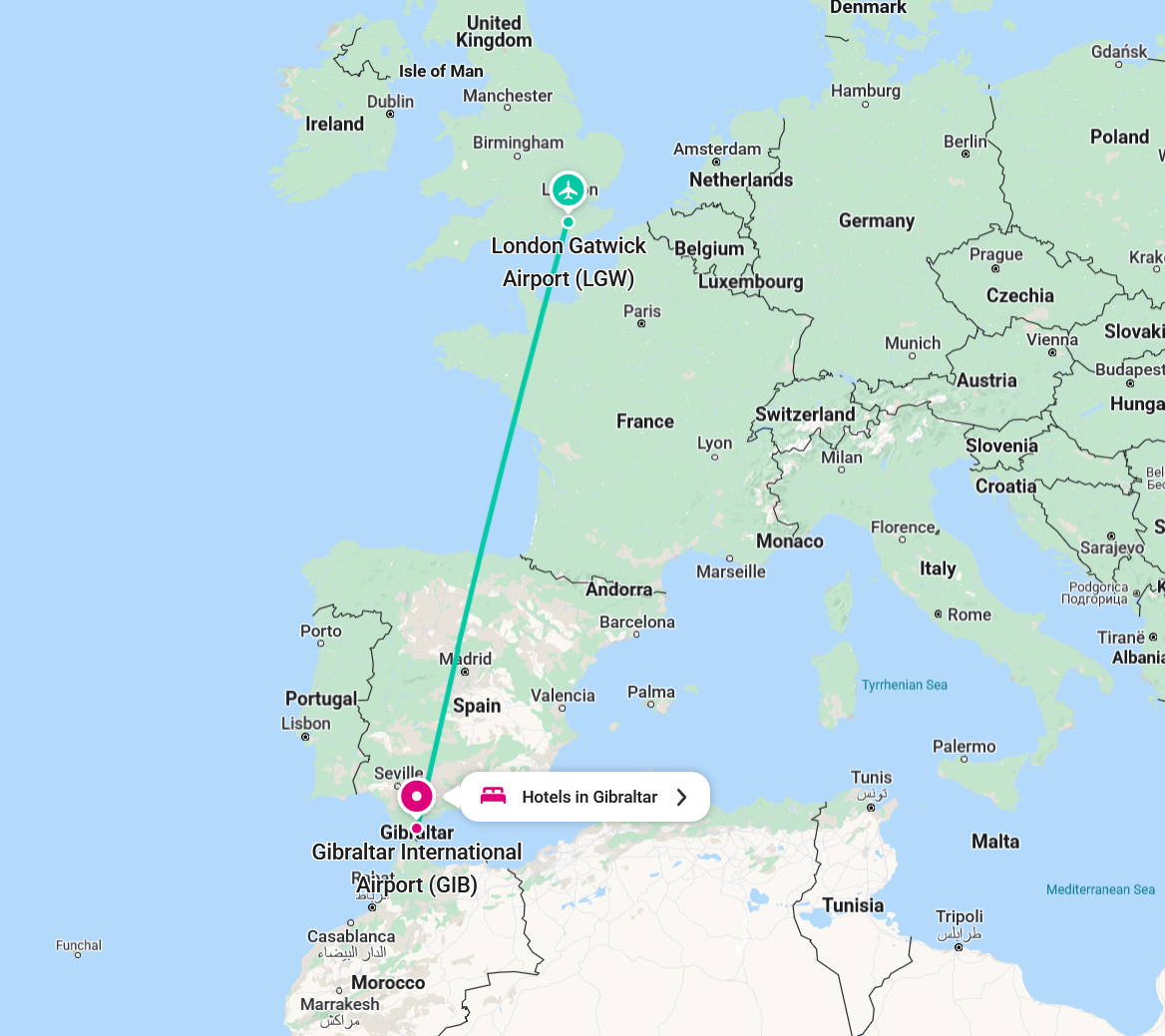Gibraltar is a British Overseas Territory located at the southern tip of the Iberian Peninsula, renowned for its strategic military importance, rich history, and iconic limestone promontory known as the Rock of Gibraltar. It has been a crossroads of civilizations and a focal point of European geopolitics for over 2,900 years.
Gibraltar occupies a narrow peninsula on Spain’s southern Mediterranean coast, just northeast of the Strait of Gibraltar—the only entrance to the Mediterranean from the Atlantic.
Inhabited by Neanderthals over 50,000 years ago. The Phoenicians and Romans revered it as one of the Pillars of Hercules, naming it Mons Calpe. In 711 AD, the Moors led by ?ariq ibn Ziyad captured the Rock, naming it Jabal ?ariq (Mount Tarik), which evolved into “Gibraltar”. British Control: Captured by an Anglo-Dutch fleet in 1704 during the War of the Spanish Succession. Spain ceded Gibraltar to Britain in the 1713 Treaty of Utrecht. Sieges and Conflicts: Gibraltar endured 14 sieges over 500 years, including the Great Siege (1779–1783), when Spanish and French forces failed to retake it.
British Naval Base: Gibraltar became a key base for British naval operations, especially after the opening of the Suez Canal in 1869. World War II: Served as a strategic Allied base, with extensive tunnel networks carved into the Rock.



